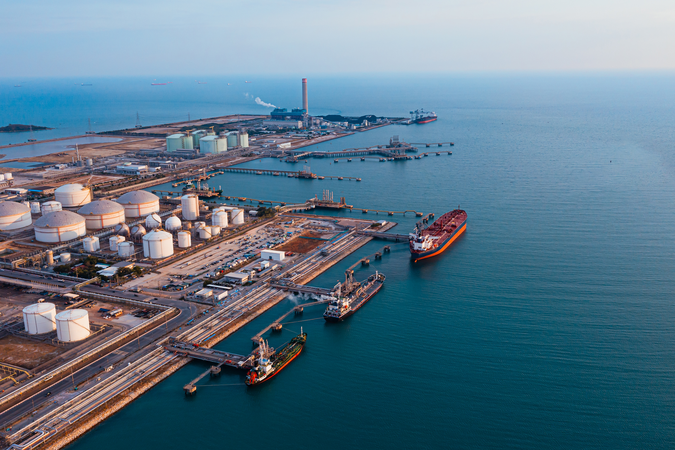Comparing Policies to Reduce Methane Emissions in the Natural Gas Sector
We compare several polices aimed at reducing methane emissions from the natural gas sector, which threaten to erode the advantages that gas holds over coal in terms of climate change.
Methane emissions from the natural gas sector threaten to erode the climatic benefit that gas holds over coal. Yet the majority of existing sources of methane emissions in the natural gas sector remain unregulated. This is due in part to concerns that policies to mitigate these emissions would entail overseeing a large number of sources and impose significant administrative and compliance costs. Unfortunately, the typical market-based approaches that might ameloriate these concerns, such as a pollution tax, are not practical at the moment because there are no accurate and publicly available firm-level inventories of methane emissions; however, monitoring technologies are improving quickly, meaning that such inventories may be available in the foreseeable future. Focusing on the United States, we describe a suite of prototypical policies to reduce methane emissions from the natural gas sector, including technology standards, performance standards on firms, performance standards with averaging, tradable performance standards, several types of leak detection and repair programs, and a pollution tax with default and updatable leakage rates. We then analyze the extent to which each of these policies provides appropriate incentives for abatement, given the unique attributes of methane emissions from the natural gas sector. Finally, we compare these policies in terms of administrative costs, economic efficiency, and environmental effectiveness. We find, among other things, that a pollution tax with assumed and updatable default leakage rates performs particularly well in terms of economic efficiency and environmental effectiveness.
Figures
Figure 1. Leakage Rates (%) from Natural Gas Systems in the United States, 1990-2014

Note: Leakage rate is a ratio in which the numerator includes methane emissions from natural gas systems (Table 3-48 of EPA 2016) and the denominator includes methane production (gross withdrawals from natural gas and shale gas wells, from EIA 2016, multiplied by an assumed 0.83 methane content). Some of the methane emissions from natural gas systems are composed of natural gas that originates from oil or coalbed wells, which together were responsible for about 23 percent of natural gas withdrawals in 2014, meaning that our estimated leakage rates may be biased upward. In contrast, estimates of leakage rates from the natural gas sector that include natural gas withdrawals from the oil and coal sector are biased downward if they do not also include methane emissions from the oil and coal sector in the numerator. We do not consider how imports and exports affect these numbers.
Figure 3. Methane Emissions (MMTCO2E), as Estimated by EA’s Greenhouse Gas Inventory by Natural Gas Subsector

Figure 4. National Aggregate Marginal Abatement Cost Curve for Oil and Natural Gas Subsectors

Figure 5. National Marginal Abatement Cost Curve for Methane Abatement Technologies for Oil and Natural Gas Sector

Key findings
- We describe a suite of methane abatement policies and compare them using three criteria: administrative costs, economic efficiency, and environmental effectiveness.
- Leak detection and repair programs that utilize large-scale imaging technologies are particularly effective at identifying a wide range of methane emissions and perform well in terms of economic efficiency.
- Tradable performance standards score quite highly in terms of economic efficiency and therefore deserve further consideration.
- We introduce a tax with assumed default and updatable leakage rates, which provides incentives to improve reporting of methane emissions and performs well in terms of economic efficiency.





